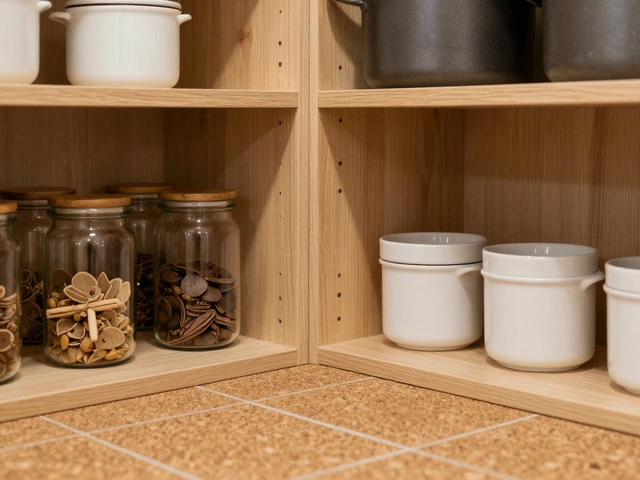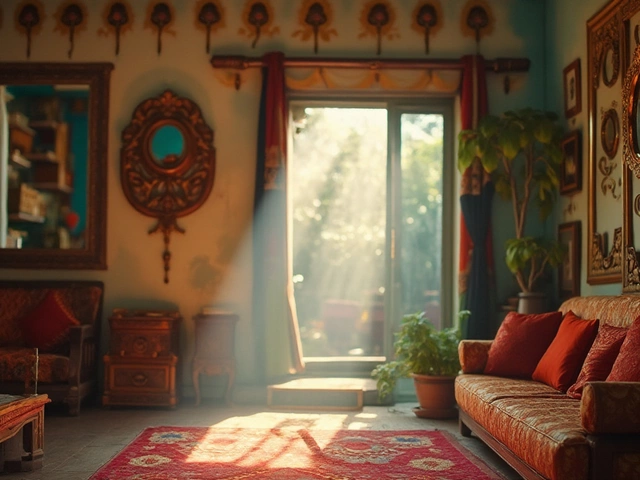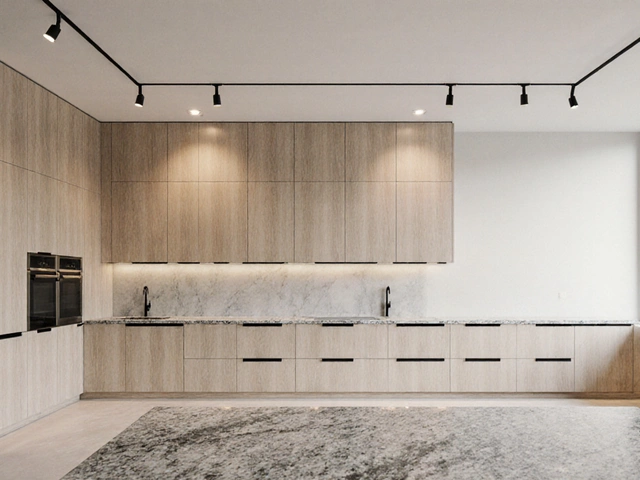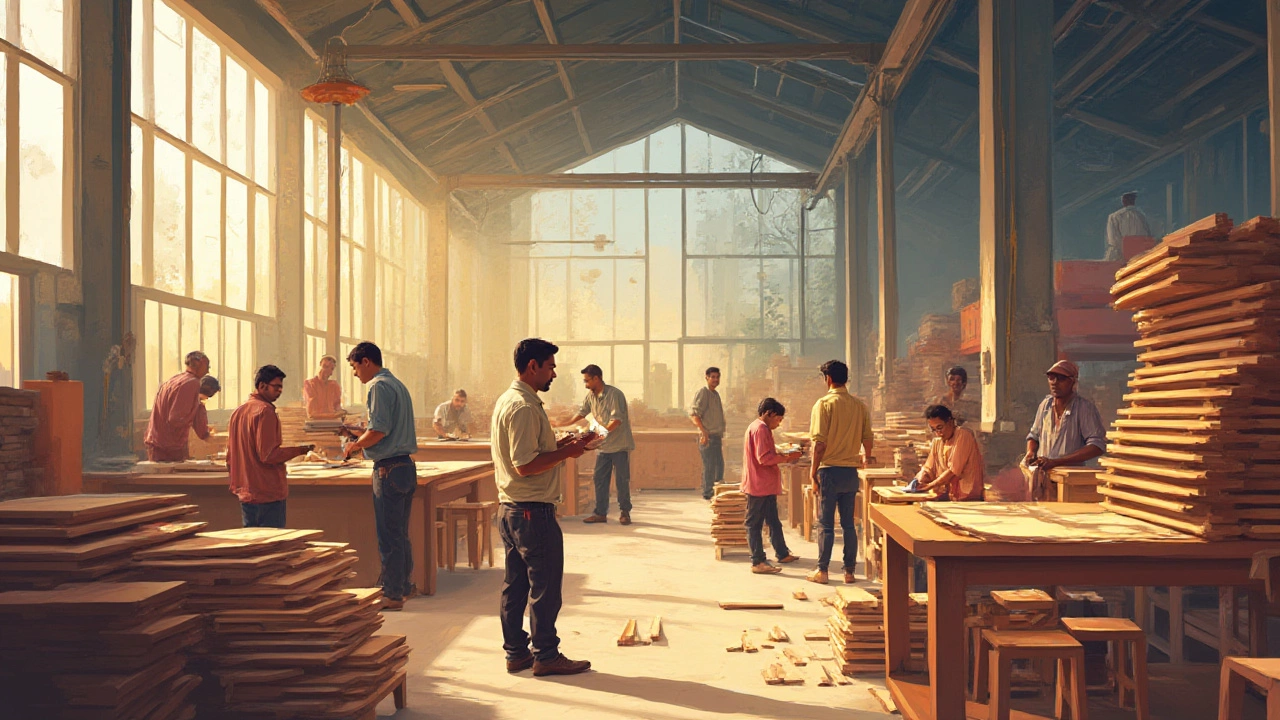
Think your IKEA furniture magically appears out of blue and yellow warehouses? Not quite. The truth is, the story behind who manufactures furniture for IKEA is way more interesting than a walk through the showroom. If you’ve ever pieced together a Billy bookcase or tried to pronounce Hemnes, you might have wondered—who’s actually building all this stuff? Put aside the Allen key for a minute; let’s open up the box on the real people and factories behind those unpronounceable Swedish names.
How IKEA’s Global Manufacturing Network Works
Most people think IKEA makes their furniture in Sweden. They picture some snowy, perfectly organized factory with Viking-like workers churning out modular tables. But the reality would surprise you. As of 2025, just about 80% of IKEA’s furniture is made outside Sweden, in a web of around 1,200 factories scattered across more than 50 countries. These aren't just IKEA’s own plants, either. In fact, of those factories, only about 50 are directly owned by IKEA’s production wing, IKEA Industry. The rest? They’re independent companies, some huge and some tiny, working under contract to produce everything from sofas to spatulas.
A lot of people don’t realize that most IKEA products are the result of close partnerships with these global suppliers. IKEA handpicks suppliers based not on location, but on expertise, cost, and willingness to innovate. Want to know why your TV stand comes flat-packed and clicks together so neatly? That’s because IKEA works with engineers everywhere to design for cost-effective shipping and efficiency in assembly. Some suppliers specialize in particleboard, others in textiles or steel hardware. IKEA regularly audits these partners to keep costs (and, in theory, ethical standards) under tight control.
This push for efficiency means the same bed frame might be made in Romania, Poland, or Vietnam, depending on which factory has the best deal for the season. There's a bit of a 'race to the bottom' effect at times: manufacturers compete for IKEA contracts by driving down costs, and that’s how we get affordable furniture in a box. But here’s the twist—each supplier signs secretive agreements, so you won’t likely find their names in your IKEA instruction manual. Still, a few have leaked out, and the companies range from massive global players to small, family-run factories.
IKEA furniture manufacturers produce billions of euros worth of items every year, fueling what’s basically a hidden economy inside the furniture world. In 2023 alone, IKEA sold roughly 900 million pieces of furniture and home goods. That scale is staggering—imagine the volume of chipboard and screws that pass through all those factories every single day!
| Country | Top Products Made | Number of Key Suppliers* |
|---|---|---|
| Poland | Wood furniture, beds, sofas | ~180 |
| China | Fabric, accessories, hardware | ~160 |
| Italy | Chairs, design pieces | ~60 |
| Vietnam | Outdoor, rattan, wood | ~40 |
| Lithuania | Dressers, bookcases | ~30 |
*Estimates based on disclosed supplier numbers and industry reporting (2023)
It’s wild to think that your simple LACK table may have started life as a tree in a Lithuanian forest, been cut and processed in a Baltic sawmill, then assembled as a kit in Poland, before it lands in your flat. This has become the norm for globalized mass manufacturing, but IKEA’s scale is on a different level.
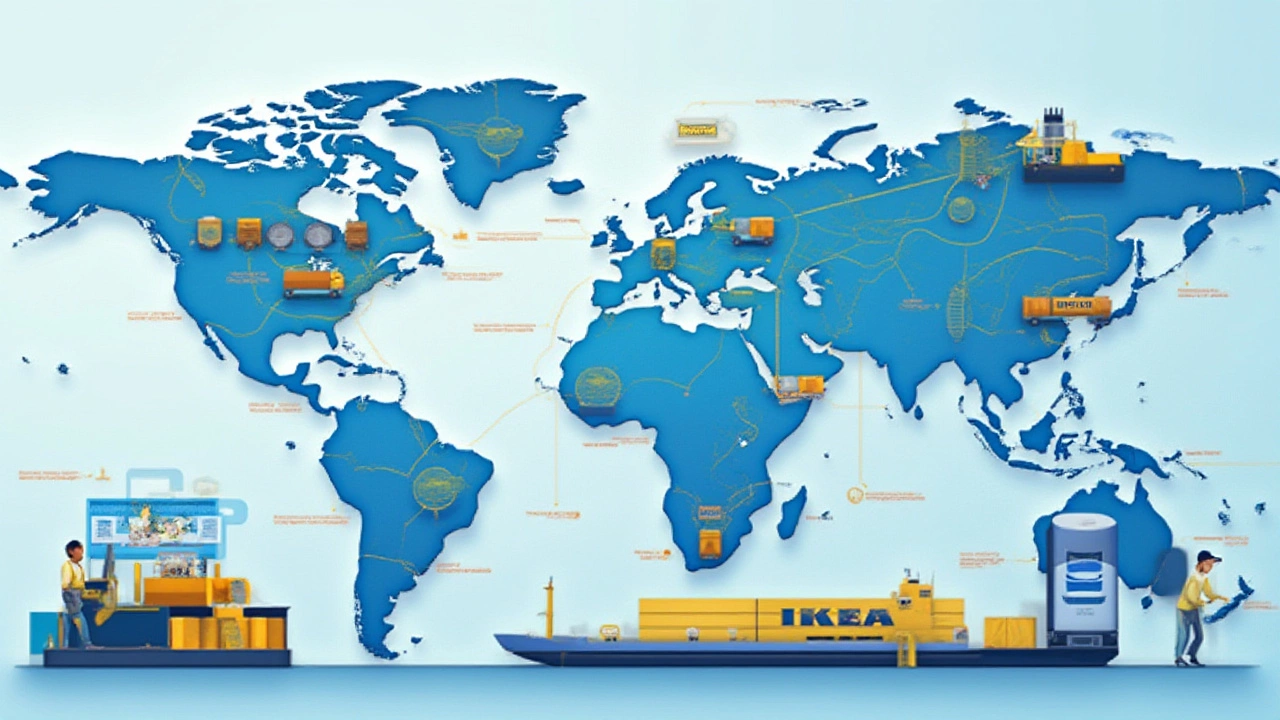
The Biggest IKEA Suppliers and Factories
If you dig deep enough, you’ll turn up some names that pop up over and over in trade news. Romania’s Plimob might not sound familiar, but it’s the biggest global producer of IKEA chairs, cranking out nearly nine million of them a year. Litpolstar in Lithuania? They’re behind a huge chunk of those MALM dressers. The behemoth Swedwood, actually IKEA’s own arm, is one of Europe’s largest wood furniture makers, with massive plants in Poland, Slovakia, and Russia (though IKEA recently reduced Russian operations).
Then there’s Vietnam, which has rocketed up as one of the main hubs for outdoor and home storage. Think of those bamboo and rattan pieces—all part of IKEA embracing eco-friendly materials and lower costs. Factories near Ho Chi Minh and Hanoi have become the backbone of trendy new lines like the JASSA and ÄPPLARÖ collections. A lot of the simple, sturdy streamlining you see in IKEA’s solid pine and acacia wood comes straight from these Southeast Asian workshops.
Steel bed frames and kitchen hardware are another specialty entirely. Chinese suppliers, such as Joyoung, crank out millions of drawer handles and bed legs with the kind of efficiency that has kept IKEA’s famed price points stubbornly low. Italy’s Pianca Group brings classic design and high-speed production muscle for specific lines, especially wood-frame chairs, that rely on both automation and time-honored woodworking techniques. It’s a blend of old-school craftsmanship and 21st-century scale.
There are quirky stories in the mix, too. One Polish producer, Famos, once built heavy machinery—now it’s making lightweight sofa frames for IKEA. Another Lithuanian supplier switched from Soviet-era agricultural tanks to sleek Scandinavian dressers. This shape-shifting ability is why IKEA’s supply chain is so resilient; if one factory struggles, another somewhere halfway around the world can fill in. And IKEA knows exactly what each factory is good at—supplier lists are kept up to date and non-performers get replaced fast.
Here are some more insider tips if you’re curious about IKEA’s manufacturing web:
- Want to spot where your furniture came from? Look for a code (like "PL" for Poland or "CN" for China) stamped discreetly on the packaging or parts. Collectors and superfans sometimes track these down for fun.
- Products labeled “Made in Sweden” are pretty rare outside a few flagship lines. Most common is “Made in Poland,” since it’s IKEA’s top country by volume.
- IKEA designs most of its own products but often leaves finishing touches up to the factory. That’s why the “same” Billy shelf may look slightly different in color or finish if you bought it in 2017 vs. 2025.
- Factories run tests for things like weight and humidity, but IKEA’s Swedish design office decides the shapes and instructions. That’s why assembly is...well, always an adventure.
Curious about how the sausage (or the KALLAX shelf) is made? Industry visitors say IKEA factories often run day and night, with robots pumping out boards and humans packing kits at a pace most independent furniture shops can’t imagine. It’s production line genius at full throttle.
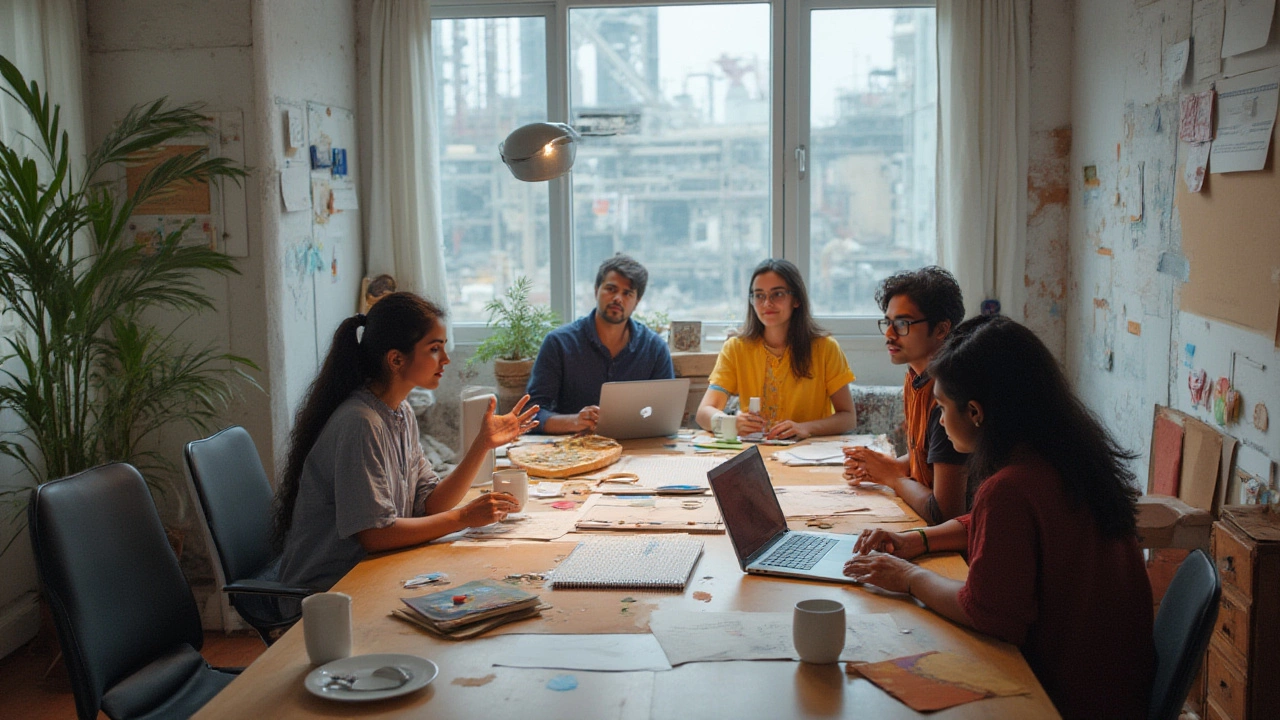
Why IKEA Works With So Many Different Manufacturers
So why does IKEA go to all this trouble, instead of making everything in one country? For one, using hundreds of suppliers lets them dodge the disasters that come from having all your eggs in one basket. If a plant in Poland loses power, another in Turkey can step up. Pandemics, wars, and shipping delays might slow the chain, but they rarely stop it completely.
This approach also harnesses global expertise. Central Europe does woodwork better and cheaper than anywhere else. Southeast Asia’s factories rule when it comes to craft bamboo, rattan, and quick assembly. China sets the pace for hardware and plastics. Italy and Portugal bring classic design vibes that bump up the appeal for certain lines. By picking suppliers with deep know-how and sharp pricing, IKEA gets the best of each world. It’s no accident that the biggest IKEA store outside Sweden is in Warsaw; Poland has become the factory engine that powers so many of those Swedish dreams.
Another secret: IKEA works hard to squeeze costs out at every stage so you get that low price tag in the store. Rather than build fancy branding into the production side, they keep suppliers anonymous and negotiate super-tough deals. It’s why you can grab a FJÄLLBO shelf for less than a dinner out. But that constant penny-pinching comes with risks. Suppliers sometimes complain about razor-thin margins and tough contract renewal terms. Occasionally, there are stories of factories cutting corners on labor or environmental practices—though IKEA insists they audit and fix problems fast.
Some folks wonder if IKEA will start making more in the US to cut down on shipping costs. The answer? Not likely. For now, IKEA’s magic formula works best when the labor is cheaper and manufacturing is close to raw materials. That means Eastern Europe, Asia, and the Baltics for now.
So next time you kick back on your KLIPPAN sofa, take a moment to appreciate that piece as a true international traveler. It’s probably seen more countries than most people, and every part—wood, cushions, screws—could have come from a different place. The hidden web of IKEA suppliers is like a global relay race: craftsmen and machines passing your future furniture piece along, tweaking and testing it for its eventual home in your living room.


